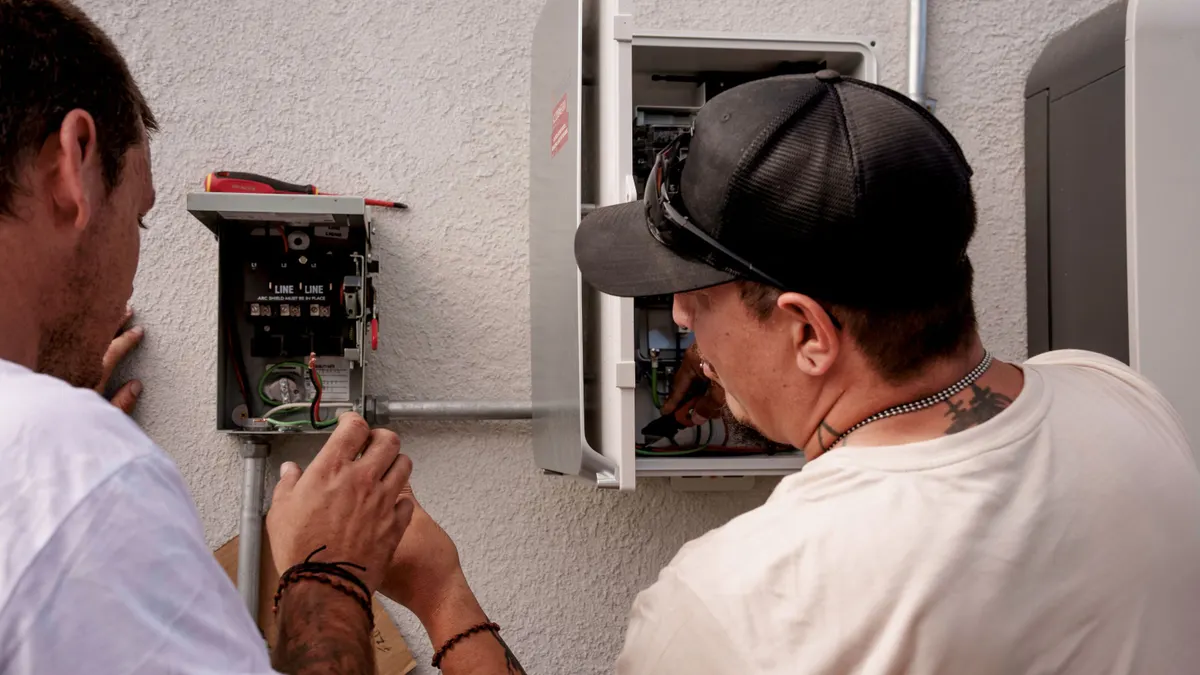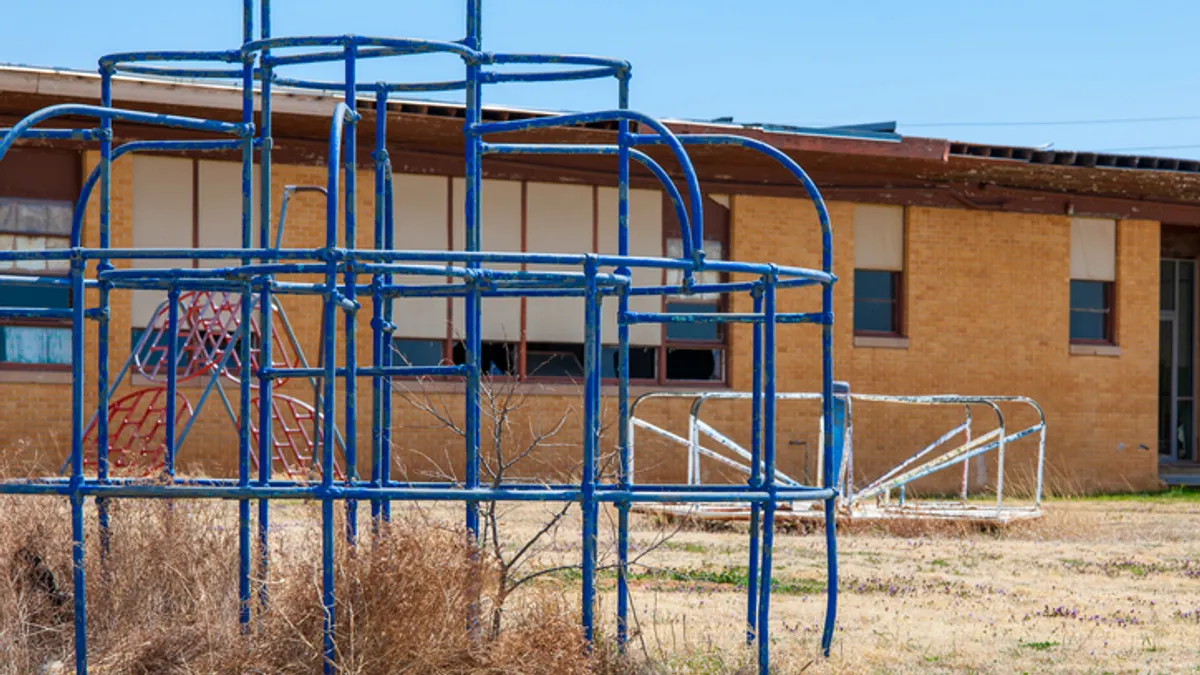WASHINGTON, D.C. — The International WELL Building Institute’s National Policy Summit Monday brought together leaders across the built environment, public health officials and lawmakers to explore how policies at all levels of government impact the health of indoor spaces.
“Poor indoor environments drive absenteeism, costing U.S. businesses billions annually,” Richard Carmona, 17th Surgeon General of the U.S., said in the event’s keynote speech. “When we optimize buildings, we optimize people. We optimize performance in schools, in workplaces and in communities. This is no longer aspirational; it is evidence-based science.”
The summit focused on IAQ issues facing facility managers throughout industry sectors, including the return on investment healthy buildings can generate.
“Healthier, safer buildings improve employee retention, satisfaction and productivity,” Carmona said. “Investors and insurers are recognizing that … resilient buildings are not only lower risk, but higher-value assets. Optimizing the built environment is not just good for health, it’s good for business.” Carmona mentioned the certification that the International WELL Building Institute confers on buildings that meet its healthy building standards.
One of the most critical areas where improvements are needed is schools, said Rep. Paul Tonko, D-N.Y., who spoke about legislation he’s sponsoring that aims to protect students, staff and visitors from poor indoor air quality by expanding the role of the U.S. Environmental Protection Agency.
“There are so many buildings that will be around for quite a while, especially with the school infrastructure,” Rep. Tonko said. “A lot of upgrade, maintenance and operational advice can be established with standards that come through the legislation and through the EPA effort. It’s a work in progress to establish the commitments that are required through our budget, working over the decades to come.”
Central to healthy indoor air are the systems facilities managers use in their building operations.
“Control systems are a key piece,” Amber Mulligan, vice president of North America commercial services and sales at Trane Technologies, said on a panel. “How do you control your building? How can you make sure that your building and every aspect of your building is controlled in a way that is fit for purpose?”
Many speakers pointed to IWBI’s recently released second edition of its Investing in Health Pays Back research report, which consolidates peer-reviewed research that supports the business cases of healthy buildings.
For example, research by Harvard’s T.H. Chan School of Public Health cited in the report found that improved air quality increased cognitive function by 61% to 101%, depending on the level of improvement. An MIT paper found owners of buildings with WELL certifications could get rent increases of between 4.4% and 7.7% compared to non-certified buildings, and the Journal of Environmental Management found rents could be higher by 4% to 6%, after controlling for other factors.
Jessica Green, program manager for the Advance Research Projects Agency for Health, or ARPA-H, announced research teams receiving awards from the Building Resilient Environments for Air and Total Health program, or BREATHE. The program intends to advance the next generation of smart and healthy buildings by developing integrated systems that will provide continual measurement and risk assessment of IAQ and deploy real-time interventions, like extra ventilation or disinfection, to reduce airborne threats to human health, according to the announcement.
Performer teams selected for awards include the Mayo Clinic, developing a biosensor that will be used with digital twin models to assess the risk of people getting sick indoors; Poppy Health, developing an amplification-free genetic sensor that can recognize target microbes in the air; SafeTraces, developing software that triggers a new operating mode when risk levels are high in a building; and Virginia Tech, developing a biosensor for real-time, ultrasensitive detention of pathogens and allergens.
Notable attendees and speakers included Rep. Paul Tonko; William McQuade, 2025-26 president of ASHRAE; Kazukiyo Kumagai, chief of the air quality section at California Department of Public Health; Tanya Eagle, director of sustainable buildings at JLL; Chris Pyke, chief innovation officer at GRESB and Elizabeth Beardsley, senior policy counsel at the U.S. Green Building Council.


















